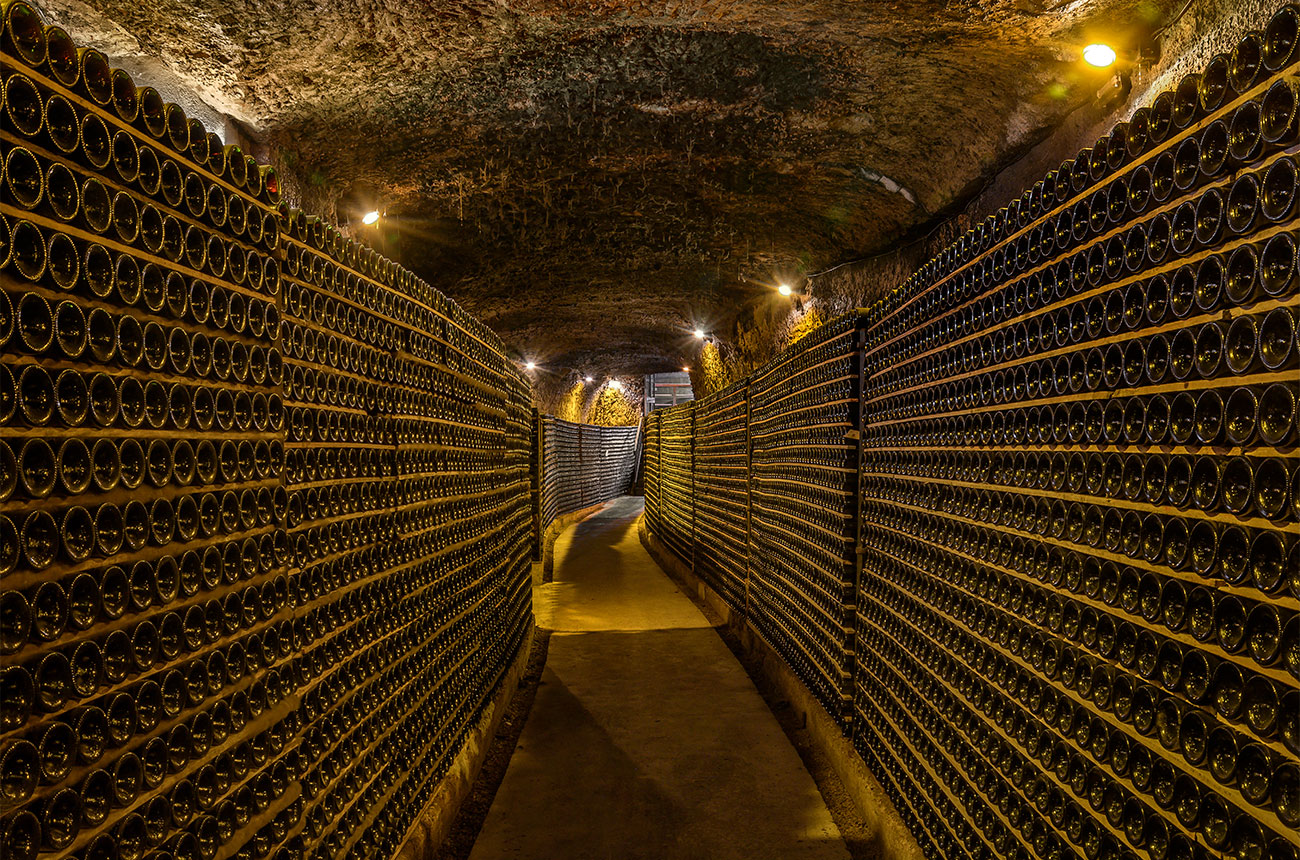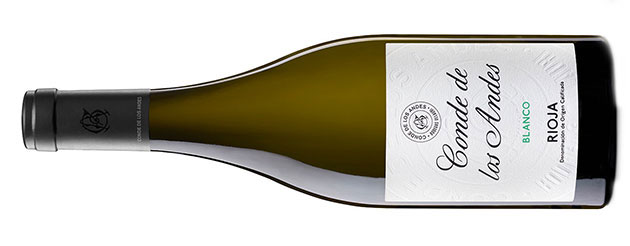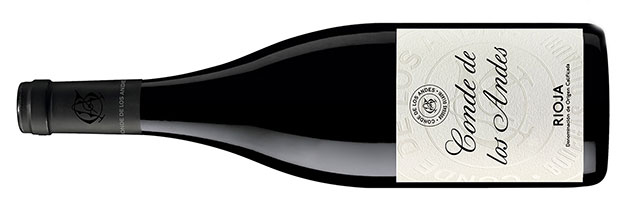The story of Conde de los Andes began in the 16th century, with construction of a system of underground cellars beneath the town of Ollauri in Rioja. Work continued over subsequent centuries and today these impressive cellars, known as the Calados, extend over a kilometre, with striking Moorish architecture making them an attraction for wine tourists.
Originally owned by the Paternina family, a new chapter in the winery’s history began in 2014 when Julián and Javier Murúa of Bodegas Ollauri took over the business. They inherited a unique legacy: the Calados contain an extensive collection – hundreds of thousands of bottles – of old vintages.
‘The oldest bottles date back to 1892 and we consider this library to be the history of the brand,’ says Javier. Limited releases of older vintages demonstrate the incredible ageing potential of Rioja – and the importance of time and patience when making Rioja wines.

That work begins in the vineyard, where Conde de los Andes farms over 50 different plots, each with a unique combination of soil type, exposure, altitude and microclimate. Working with old Tempranillo and Viura that express the personality of Rioja Alta, winemaking combines a respect for heritage with modern ideas and techniques.
‘We’re not following the traditional classifications based on ageing, because we’re using different methods, experimenting with concrete eggs and barrels in different formats,’ explains Javier. ‘We release a wine when we consider it is ready to drink. We also want our wines to have ageing potential, so we are committed to saving 20% of each year’s production.’
Combining the benefits of time with work in the vineyard, the winery focuses on production of two wines: a Blanco and Tinto. But there are plans to experiment with other styles, including the revival of a semidulce. ‘We’re trying to explore new concepts,’ says Javier. ‘Every new product will be a different chapter in the story of Conde de los Andes.’
The wines

Conde de los Andes Blanco
Made from 30-year-old Viura on clay-limestone soils. Fermented for three months on lees in French oak, then aged for six months in the same barrels. Complex aromas of citrus fruits, white flowers, vanilla and toasted notes. The palate is fresh, crisp and structured, with persistent acidity. Pair with fish, white meat, risotto, paella and cheeses.

Conde de los Andes Tinto
A selection of small plots of Tempranillo from vines over 40 years old. Aged for 14 months in French oak barrels (50% new), then a further 12 months in bottle. Structured yet fresh, with aromas of red fruits, ripe plums and Mediterranean brushwood. A serious style that’s still very drinkable and pairs well with roasted and grilled meats and stews.
Visit www.bodegasollauri.com for more information.


